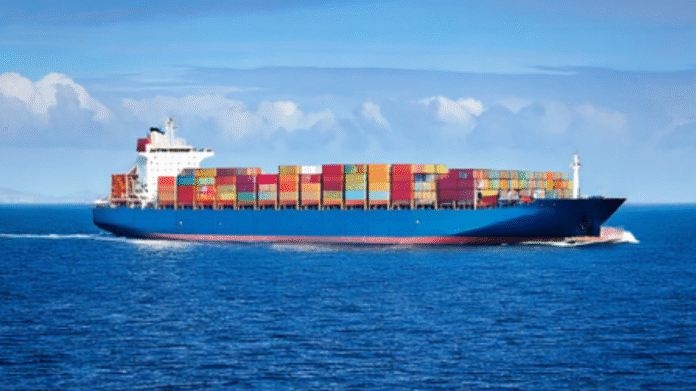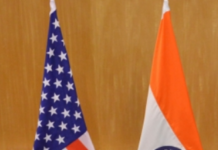NEW DELHI– As India faces the threat of steep new tariffs from the United States—potentially reaching 25 percent—economists say the country’s large domestic market and relatively low dependence on exports could help absorb the shock.
President Donald Trump has set an August 1 deadline for India and several other countries to finalize new trade agreements or face increased tariffs. While Indian negotiators returned from Washington without a breakthrough, economists argue that the macroeconomic impact on India will likely be limited—even if the U.S. follows through with its tariff hike.
A recent Morgan Stanley report positioned India as “the best placed country in Asia” amid rising global trade tensions. The firm cited India’s low goods exports-to-GDP ratio as a major strength, noting that India is less exposed to disruptions in global goods trade compared to other Asian economies.
“India is certainly exposed to tariff risk,” the report said, “but on balance, its reliance on domestic consumption and its lower integration into global goods trade offer a significant cushion.”
Fitch Ratings echoed that view, pointing to the country’s massive internal demand as a stabilizing factor. Fitch maintained its growth forecast for India at 6.5 percent for fiscal year 2026, despite the looming tariff deadline.
Ongoing trade talks between India and the United States have so far failed to resolve key disagreements. A delegation led by India’s chief trade negotiator Rajesh Agrawal concluded a round of negotiations in Washington from June 26 to July 2. However, no agreement was reached, particularly on contentious issues such as U.S. access to India’s agricultural and dairy markets.
The U.S. is seeking broader entry for its farm and dairy products—an especially sensitive area for India, where millions of small-scale farmers rely on these sectors for their livelihood. Indian officials are reportedly seeking tariff exemptions in return for expanded imports of American energy products and defense equipment.
India is also pushing for reduced U.S. tariffs on labor-intensive exports such as textiles, leather, and footwear—sectors crucial for employment and rural income.
According to a recent report by SBI Research, India’s exports to the United States represent just 4 percent of the nation’s GDP, suggesting any direct impact from new U.S. tariffs would be modest. The report also noted that Indian exports to the U.S. have been declining since fiscal year 2023, currently accounting for 17 to 18 percent of India’s total exports. Just 15 product categories make up more than 60 percent of India’s U.S.-bound exports, underscoring the concentration of trade exposure.
Global trade tensions remain high. Meanwhile, U.S. and Chinese officials are working to extend their existing 90-day tariff truce, following talks this week in Stockholm. With China using its rare earth metal dominance as leverage, American negotiators have signaled that Trump will make the final call on any extension.
When asked Tuesday about India’s trade stance, Trump offered a pointed response. “We’re going to see,” he said. “India has been a good friend, but India has charged basically more tariffs than almost any other country. But now I’m in charge—and you just can’t do that.”
With the clock ticking toward the August 1 deadline, both sides remain under pressure to strike at least a partial agreement that could ease tensions and prevent a full-blown tariff escalation. (Source: IANS)












